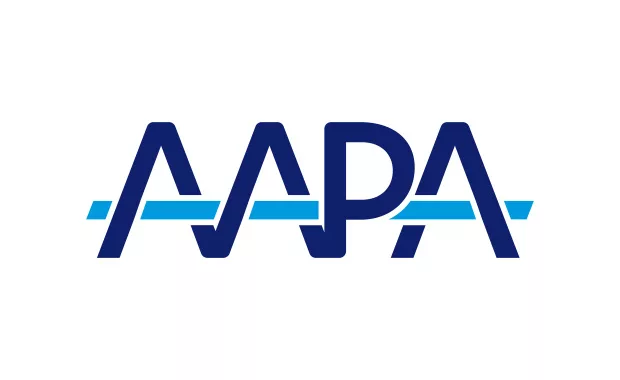CMS 2025 Physician Fee Schedule Proposed Rule: What PAs Need to Know
AAPA Reimbursement Team
August 2, 2024
The Centers for Medicare and Medicaid Services (CMS), the federal agency that oversees the Medicare program, released the 2025 Physician Fee Schedule (PFS) proposed rule. The rule updates numerous Medicare coverage and payment policies that impact PAs, physicians, and other health professionals.
This year’s rule made no mention of any change to the Split (or Shared) Visit billing policies implemented in last year’s rule, suggesting the finalized policy from the 2024 fee schedule will remain in place. Some of the key provisions of the 2025 proposed rule are highlighted below. If finalized, all provisions would take effect on January 1, 2025, unless otherwise noted.
Telehealth
Due to statutory expirations, CMS is unable to further extend geographic or site of service telehealth flexibilities that were originally implemented in response to the COVID-19 public health emergency. Consequently, if Congress does not act, as of January 1, 2025, Medicare beneficiaries who wish to receive non-behavioral telehealth services will need to be in a rural area, as well as located in certain medical settings.
Despite this, CMS is extending various telehealth flexibilities within their purview. These include the suspension of frequency limitations for subsequent inpatient and skilled nursing facility visits, as well as critical care consultations provided by telehealth. CMS proposes a permanent authorization to use two-way, real-time, audio-only communication technology when a telehealth service is furnished to a beneficiary in their home (in those instances when the home is deemed a permissible originating site) and to provide direct supervision by electronic means for a subset of lower-risk services. CMS proposes to prolong the flexibility for a distant site practitioner to use a currently enrolled practice address, in lieu of their home address, when providing telehealth services from home and allow Federally Qualified Health Centers and Rural Health Clinics to meet direct supervision requirements virtually.
Advanced Primary Care Management
CMS is proposing to establish codes and make payment for Advanced Primary Care Management (APCM) services furnished by healthcare professionals who would take responsibility for all a beneficiary’s primary care and be the continuing focal point for all needed healthcare services in a calendar month. Participating health professionals would be required to provide certain benefits and meet certain capability requirements. APCM services would fall under one of three G-codes representing three different payment levels that would be based on the clinical complexity and income/resource level of the patient. Participating health professionals would also submit data to measure performance.
Global Surgical Code Modifiers
CMS is proposing to utilize three existing transfer of care modifiers (modifiers 54, 55, and 56) to identify when someone provides care for only one portion (pre-operative, procedure, or post-operative) of a 90-day global surgical service. CMS is also proposing that, for the 2025 calendar year, an add-on code may be used by those practitioners who provide follow-up outpatient/office E/M visits for post-op care during the global period, and who is not affiliated with the practitioner who performed the procedure. This add-on code would only be able to be billed once per 90-day global period.
Prepaid Shared Savings
CMS is proposing multiple changes to the Medicare Shared Savings Program. One such change is that, starting in January 2026, the agency would allow Accountable Care Organizations with a history of earning shared savings, to access advanced payments for shared savings to make investments, such as for staffing and infrastructure, and to provide additional direct services to beneficiaries. At least 50% of these prepaid shared savings would be required to be spent on direct patient services.
Continued Medicare Conversion Factor Cuts
The conversion factor is scheduled to be reduced by nearly 2.8%, from $33.29 to $32.36, for 2025. This payment reduction is primarily due to the expiration of the 2.93% payment increase provided by Congress for 2024, as well as a .05% positive budget neutrality adjustment. AAPA is working in coordination with medical societies and other health professional groups advocating for Congress to intervene and eliminate the projected payment cuts.
[Stay up to date on legislative information that impacts you – join or renew today]
For additional information contact AAPA’s Reimbursement Team at [email protected].
You May Also Like
How the AAPA Salary Report Helped This PA in Her Job Search
AAPA Calls on AMA to Put a Stop to Campaign Against PAs
PA Licensure Compact Update: Ohio Becomes Thirteenth State to Enter PA Compact



